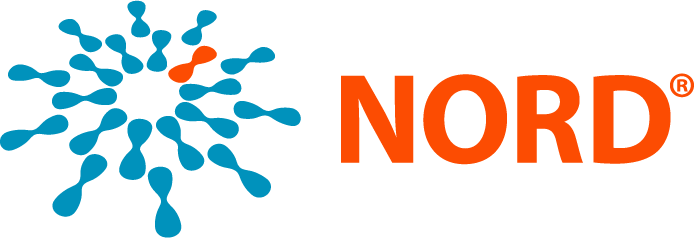Frequently Asked Questions
What is the Rare Disease Cures Accelerator–Data and Analytics Platform (RDCA-DAP®), and what will it do?
The Rare Disease Cures Accelerator–Data and Analytics Platform (RDCA-DAP) is a database containing information about a range of rare diseases, coupled with an analytical framework to help understand that data. RDCA-DAP will help us to understand how rare diseases progress and how to measure the effects of potential new drugs, with the goal of accelerating drug development for many rare diseases.
How is RDCA-DAP funded?
RDCA-DAP is funded through an FDA grant to the Critical Path Institute (C-Path) (cooperative grant agreement U18 FD 005320) and developed through a collaboration between C-Path and the National Organization for Rare Disorders® (NORD®).
How can a rare disease patient group be part of this project?
Any group with data may choose to share data with RDCA-DAP and once the platform is launched (early 2021) any group will be able to access the platform and explore what data is available. Access to patient-level data is determined by the agreement between the data custodian and RDCA-DAP – some data may be immediately available while some research requests may require approval by a committee and/or the original data custodian. All data is de-identified so individuals cannot be recognized in the dataset, and tools built using the data will be made publicly available. Groups interested in collaborative analysis of data can contact [email protected].
Can a patient affected by a rare disease participate directly in RDCA-DAP?
RDCA-DAP is currently set up to integrate existing datasets, which have been collected through clinical trials, other studies or registries. RDCA-DAP is not set up for prospective data collection from individual patients at this time. However, any patient diagnosed with a rare disease can participate in RDCA-DAP by taking part in a clinical study or registry of patients for their condition and encouraging the group collecting the data to share with RDCA-DAP. If you are interested in contributing in this way, we recommend that you contact NORD or a patient organization for your specific condition, who will be able to identify any ongoing data collections. Check back on this site regularly for updates on how the platform and structure are evolving
How do I contribute data to RDCA-DAP?
Data may be contributed to RDCA-DAP from multiple sources. You may contact [email protected] if you would like to explore sharing data with the project. Data will be transferred through secure links in compliance with all relevant laws governing the sharing of patient-level data.
Why is RDCA-DAP important to the rare disease community?
RDCA-DAP will be a resource through which researchers and drug developers can access data about rare diseases and how they progress, leading to new insights about the diseases. It will also provide a way to develop new tools and methodologies to improve clinical trial design and empower the rare disease community. This will result in faster, more effective clinical trials and more rapid (and cheaper) development of new drugs. Our goal is to say that we put the cures of tomorrow in patient hands today.
Each rare disease, and even subsets of rare diseases, are different. What is the value in aggregating data from multiple rare diseases?
Each rare disease is unique, and it is important to understand the progression of each one individually. However, there are many aspects of rare diseases that may be common among several disease states. For example, tools, such as biomarkers, endpoints etc., may be able to be applied to a new area, based on less data than might be needed if there is no supportive data in related diseases. This is of particular value in disease areas where there are very few patients and limited knowledge, and where there is no precedent in terms of what to measure and when.
Will RDCA-DAP generate data prospectively?
RDCA-DAP is being developed to integrate existing data into a uniform regulatory-ready database. It will not actively manage the prospective generation of data nor compete with other data collection or aggregation efforts. RDCA-DAP will include data collected through other platforms which are set up to prospectively collect data such as NORD’s IAMRARE® registry platform.
Will this compete with existing observational (natural history) studies, clinical data collections or patient registries?
RDCA-DAP will collaborate with patient groups through NORD’s IAMRARE® platform, which collects prospective data. Working with such groups ensures the highest possible data quality in new prospective studies, the ability to integrate such data in the future, and to ensure common use of data standards. RDCA-DAP can also convert existing data from prospective studies into regulatory-ready formats and share that information back with those collecting the data.
Will all rare diseases be included in RDCA-DAP? If so, how can my disease area get engaged?
If you are involved in a specific disease area and wish to engage with RDCA-DAP, contact [email protected].
How will the FDA be reviewing and utilizing the data coming out of RDCA-DAP?
FDA will have input into the development of the platform to assure that the aggregated data and the interpretation of those data will have the most impact on innovating therapy development for rare diseases. FDA will have access to analyses of the data as will other researchers according to the governance procedures which will be developed. FDA will also potentially be asked to review select data sets as evidence packages for the evaluation of new tools (e.g., quantitative models, biomarkers, clinical outcome assessment instruments, etc.)
For technical questions, please visit c-path.org/programs/rdca-dap/.
*RDCA-DAP is fully funded with a federal grant awarded to the Critical Path Institute.









